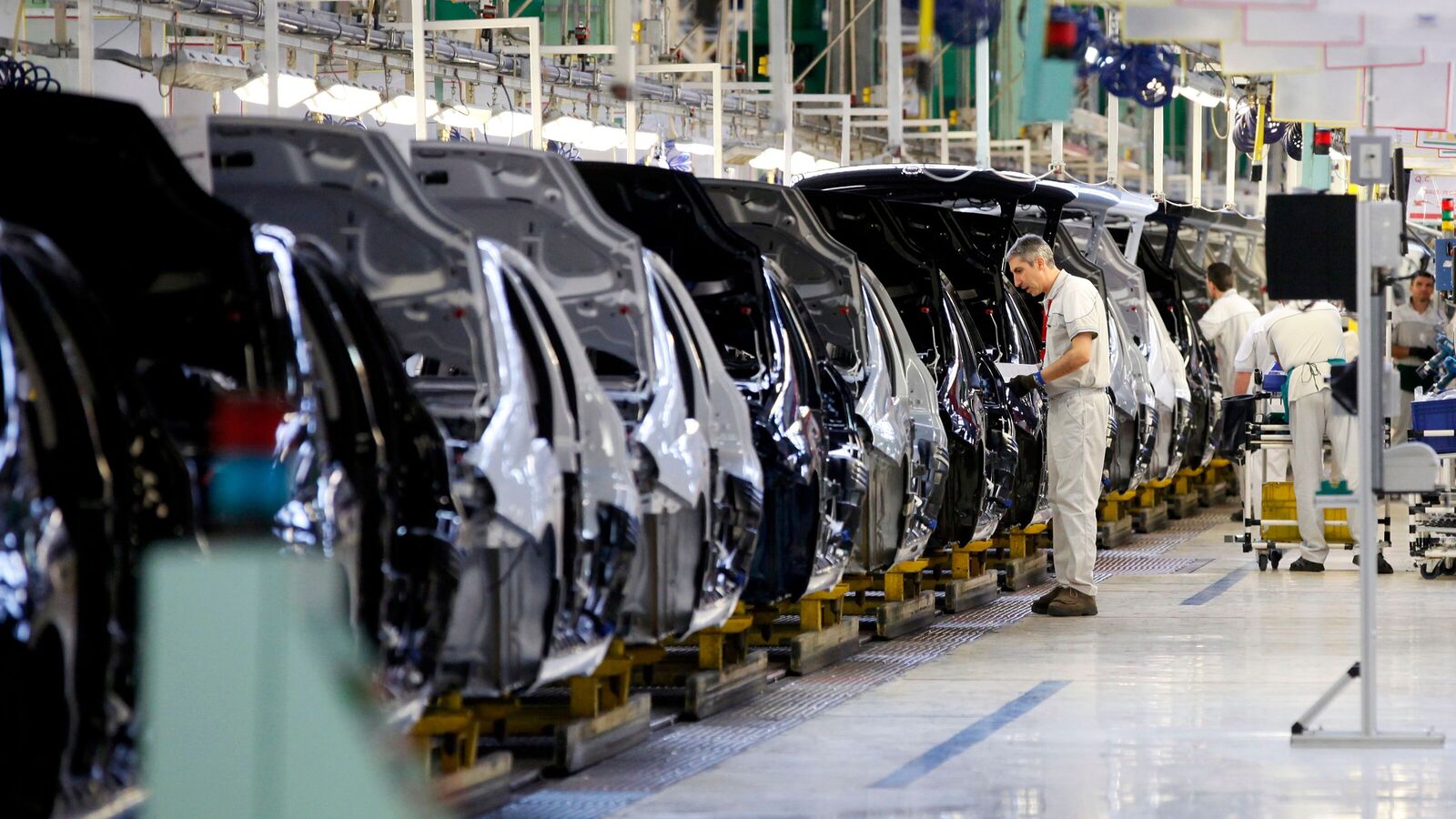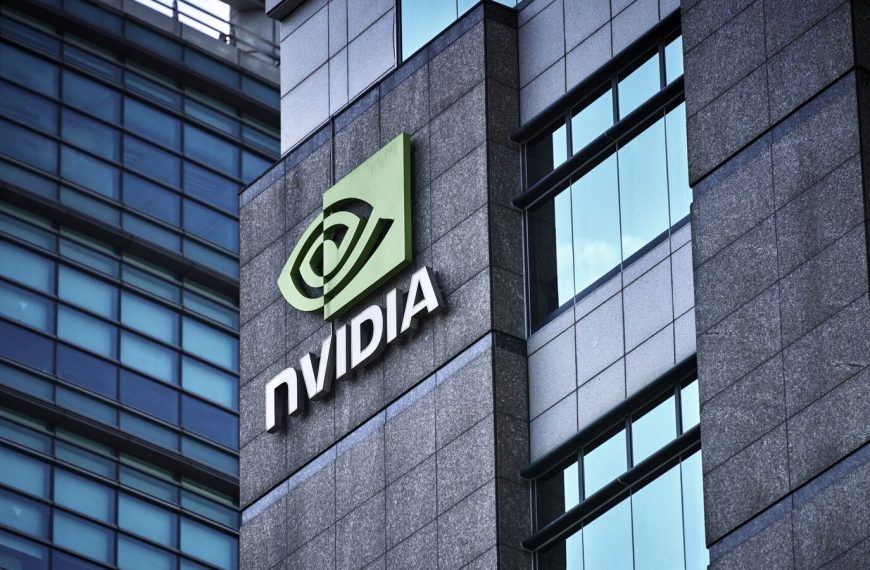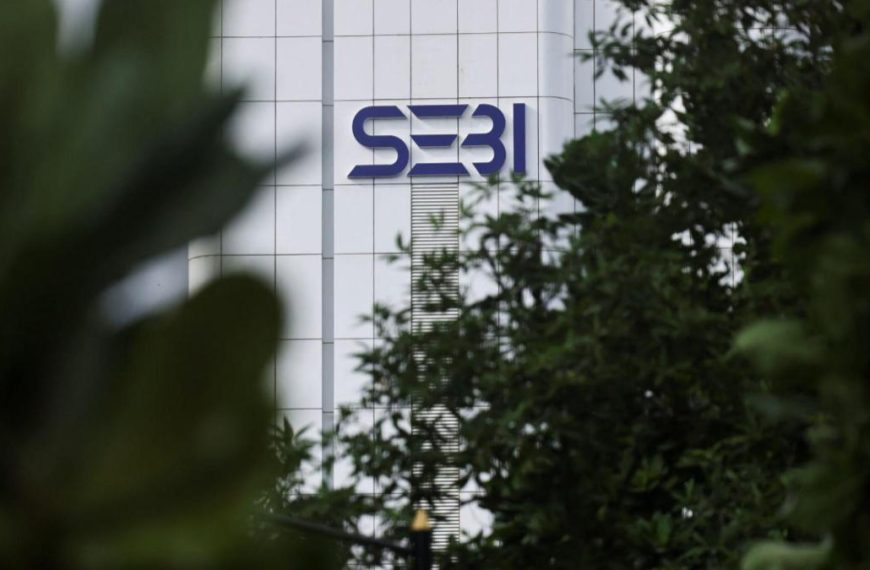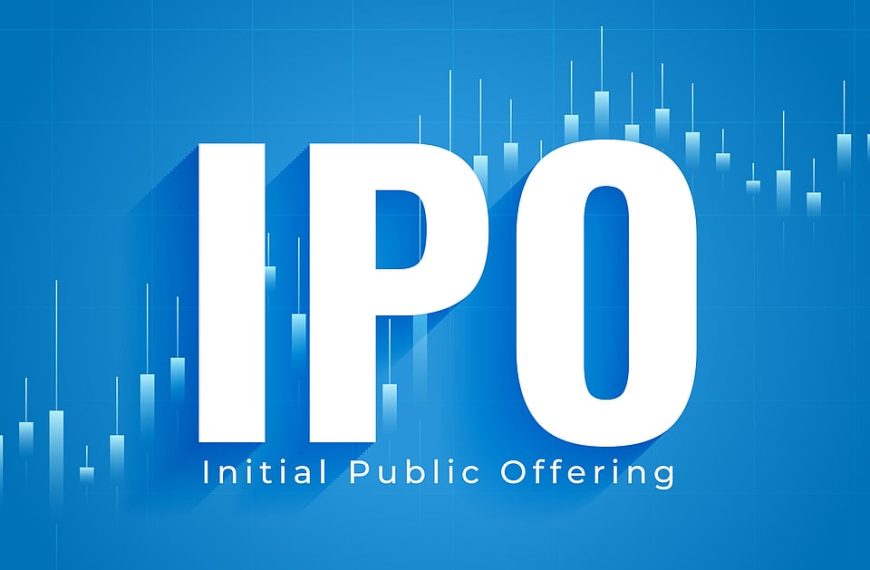The auto industry is bracing for a challenging earnings season as Original Equipment Manufacturers (OEMs) face sluggish sales across various segments in Q4FY25. With passenger vehicle and two-wheeler sales struggling to gain momentum, experts predict a muted performance for these companies in the upcoming financial quarter. Notably, major financial institutions like HSBC and Motilal Oswal Financial Services have revised their expectations, signaling a cautious outlook for the sector.
Earnings Forecast for Q4FY25
Analysts are projecting modest growth in the auto sector, with a mere 1% year-on-year increase in earnings for Q4FY25. The outlook is particularly bleak for several leading manufacturers. Here’s a snapshot of the revised target prices from HSBC:
- Tata Motors: Reduced to ₹700 from ₹840
- Bajaj Auto: Lowered to ₹9,500 from ₹10,500
- Ola Electric Mobility: Cut to ₹60 from ₹70
- Mahindra & Mahindra: Adjusted to ₹3,320 from ₹3,520
- Hyundai Motor India: Down to ₹2,000 from ₹2,200
Key Trends Influencing Q4 Performance
-
Mixed Sales Volumes: According to HSBC Global Research, OEM sales volumes reflect a mixed bag:
- Two-Wheelers: Declined by 4% sequentially but grew 6% year-on-year.
- Three-Wheelers: Down 6% sequentially, with a 5% annual increase.
- Passenger Vehicles: Increased 6% sequentially, up 5% year-on-year.
- Tractors: Experienced a significant decline of 28% sequentially, although up 20% year-on-year.
- Light Commercial Vehicles (LCV): Grew 6% sequentially, remaining flat year-on-year.
- Medium & Heavy Commercial Vehicles (MHCV): Increased by 22% sequentially and 3% year-on-year.
-
Operating Leverage Insights: The operating leverage appears promising for companies like Maruti Suzuki, Hyundai, Tata Motors, Ashok Leyland, and Eicher Motors. Meanwhile, TVS Motor Company is expected to maintain neutrality, while Mahindra & Mahindra, Escorts, Bajaj Auto, and Ola Electric may face negative impacts.
-
Commodity Costs Impact: An increase in the commodity index for two-wheeler and four-wheeler segments—2.6% and 1.6% sequentially, respectively—will likely exert pressure on gross margins. However, costs for Electric Vehicles have remained stable, primarily due to consistent pricing of lithium carbonate.
- Discount Trends and Inventory Levels: Retail discounts for passenger vehicles fell by approximately 5% sequentially, while inventory levels surged from two weeks to 4-6 weeks across OEMs. In the two-wheeler segment, discounts remained mostly unchanged in the ₹2,000-5,000 range, with inventory rising from 30-35 days to 45-60 days sequentially.
Conclusion
As the auto sector heads into Q4FY25, the outlook remains cautious, with mixed sales figures and rising costs posing challenges for major players. Stakeholders will be keeping a close eye on how these trends will influence the overall earnings performance of the industry. For more insights on market dynamics, consider exploring our latest articles on investment strategies or automotive trends.











